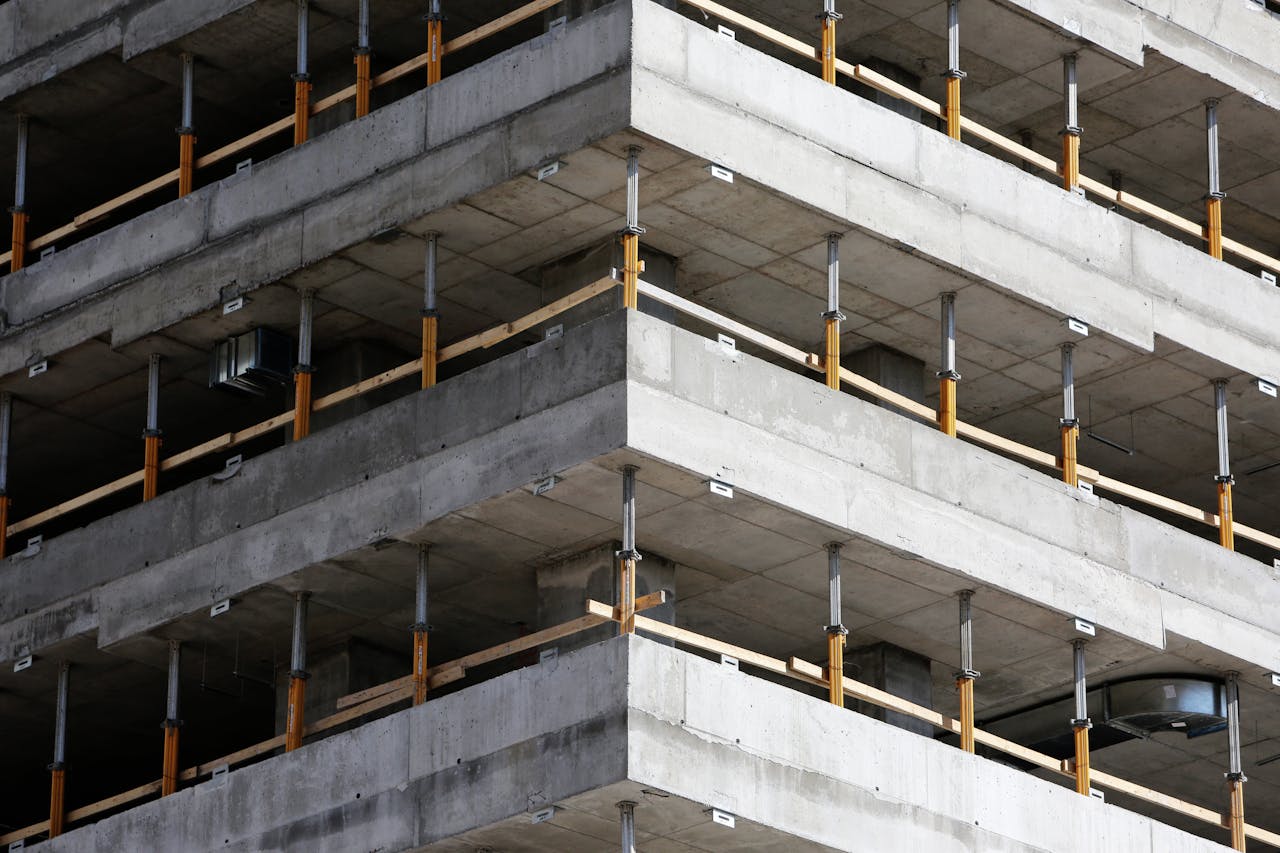Imagine a skyscraper that eats pollution or a home that grows from the earth like a living organism. This isn’t science fiction, it’s the reality of 2025’s architectural revolution. As climate urgency intensifies, the construction industry (responsible for nearly 40% of global CO₂ emissions) is undergoing a radical transformation. Leading the charge? Two groundbreaking sustainable building materials: carbon-capturing concrete and hempcrete. These innovations aren’t just reducing harm, they’re actively healing our planet.
Carbon-Capturing Concrete: Turning Emissions into Infrastructure
Gone are the days when concrete was synonymous with environmental damage. Today’s carbon-capturing concrete embeds CO₂ directly into its structure. Here’s how it works:
- The Science: Manufacturers inject recycled carbon dioxide (often sourced from industrial emissions) during the mixing process. The CO₂ mineralizes, becoming permanently trapped in the concrete.
- The Impact: One cubic meter can sequester up to 100 kg of CO₂, equivalent to a tree’s 5-year absorption capacity. Companies like CarbonCure and Blue Planet are scaling this tech, with projects like San Francisco’s Net-Zero Library showcasing its viability.
- Why 2025?: Stricter carbon regulations and plummeting tech costs have propelled adoption. The Global Carbon Capture Institute reports a 200% surge in carbon-capturing concrete projects since 2023.
Hempcrete: Nature’s Answer to Sustainable Construction
While carbon-capturing concrete tackles emissions, hemp construction offers a renewable alternative. Hempcrete, a blend of hemp hurd, lime, and water, boasts staggering eco-credentials:
- Carbon Negative: Hemp absorbs 15 tons of CO₂ per hectare while growing. The final product continues storing carbon for decades.
- Performance Powerhouse: It’s lightweight, fire-resistant, mold-proof, and offers superior insulation (slashing heating/cooling costs by 50%).
- Real-World Momentum: France’s 12-story “Hemp Tower” and Canada’s “Hemp Village” development prove its scalability. In 2025, hempcrete’s market value is projected to hit $2.8 billion.
Reshaping Architecture: A Dual Revolution
Together, these materials are redefining sustainability:
- Carbon Synergy: Pairing carbon-capturing concrete for structural elements with hempcrete insulation creates buildings that are net-negative in emissions.
- Circular Economy: Both materials use waste streams (industrial CO₂ for concrete; agricultural hemp for hempcrete), reducing landfill dependency.
- Design Freedom: Hempcrete’s flexibility allows curved, breathable walls, while high-strength carbon concrete enables daring, lightweight forms.
The Road Ahead
Challenges remain, scaling production and navigating building codes, but policy tailwinds like the EU’s Carbon Border Tax and U.S. Inflation Reduction Act subsidies are accelerating change. As architect Elisa Morgante notes, “2025 isn’t about compromise. It’s about buildings that give back to the earth.”
Conclusion: Laying the Foundation for Tomorrow
Carbon-capturing concrete and hempcrete are more than sustainable building materials, they’re symbols of a paradigm shift. In 2025, architecture isn’t just shelter; it’s a climate solution. As these technologies merge with AI-driven design and biophilic principles, cities are evolving from carbon sources into carbon sinks. The future of construction isn’t gray. It’s green.


Leave a Reply
You must be logged in to post a comment.